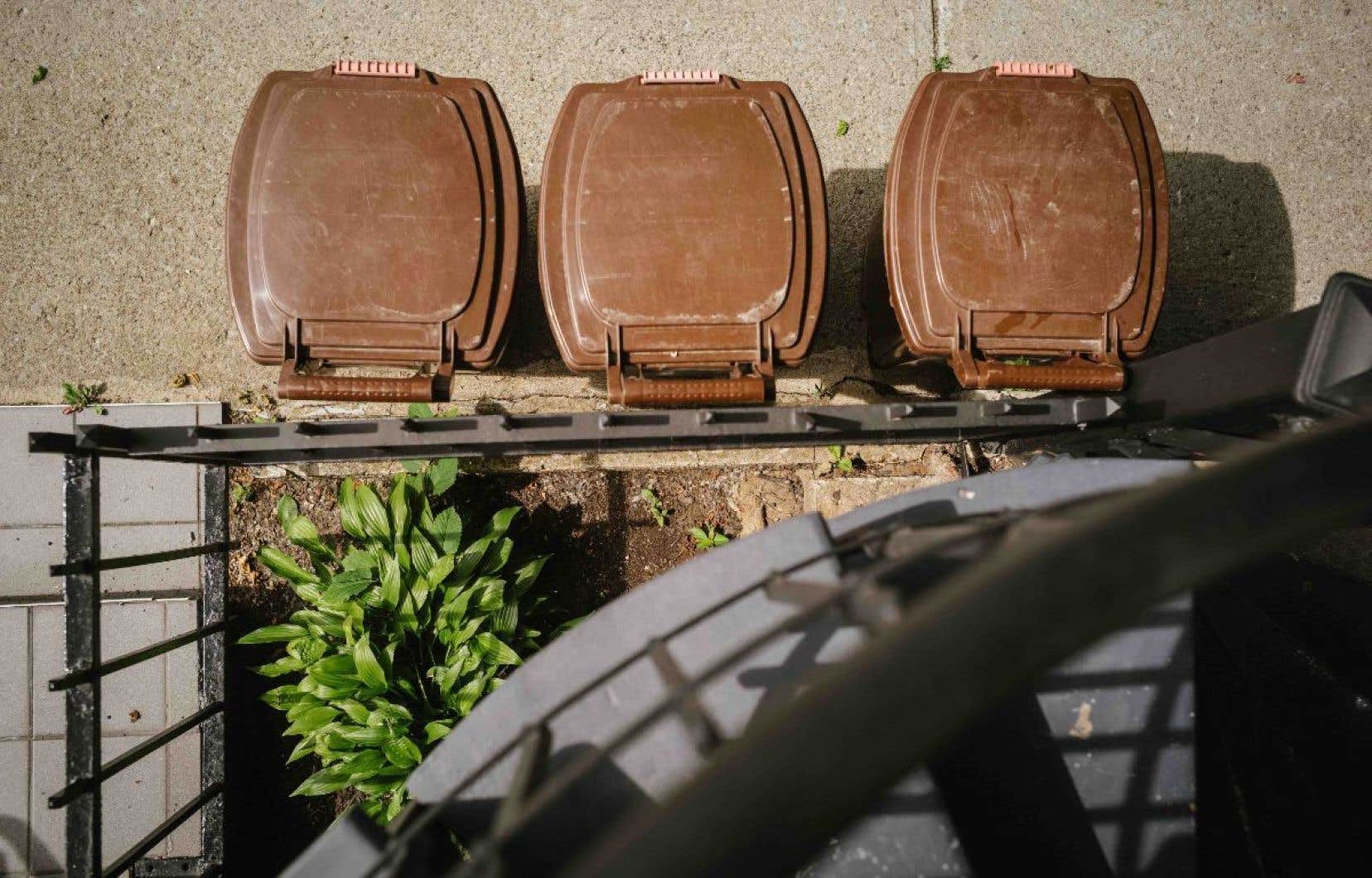This text is taken from Courrier de la planète. To subscribe, click here.
What to do to have nutrient-rich compost?
A rich homemade compost can fertilize your gardens. Follow these tips and tricks to maximize its productivity and minimize problems.
Control the temperature of your compost.
To kill bad germs, like salmonella andE. coliit is essential that the compost is exposed to high temperatures, varying between 55 °C and 65 °C. Make sure that your composter faces the sun’s rays, especially in winter, in order to keep a stable temperature. Dead leaves and straw are also good insulators to retain its heat.
Keep humidity levels stable to promote decomposition.
The moisture level of the compost should be kept low, between 40% and 60%. A sufficiently dry compost facilitates decomposition. Once the compost is ready, the soil should be kept at a moisture level below 20% so that pathogens do not reappear.
Alternating dry and moist ingredients is key to this delicate balance. To increase moisture, add water or fruit and vegetable peels and scraps. To lower moisture, add rice, crushed eggshells, or leftover bread.
Keep your carbon to nitrogen ratio stable.
Another way to kill harmful bacteria is to maintain a good ratio of carbon to nitrogen, between 25 to 1 and 35 to 1. This ratio increases the ability of organic materials to decompose, which leads to a rise in the temperature of the compost and the death of pathogens.
Generally, when adding food to the tank, double the volume of carbon-rich material (such as dead leaves) should be added.
Turn the compost to maximize results.
Turning the compost once a day, with a shovel or garden fork, also helps promote the emergence of beneficial microorganisms for your compost, because this action increases the temperature of the organic matter.
And there you have it, your compost is ready to be used as fertilizer!
Any questions? Write to us!
